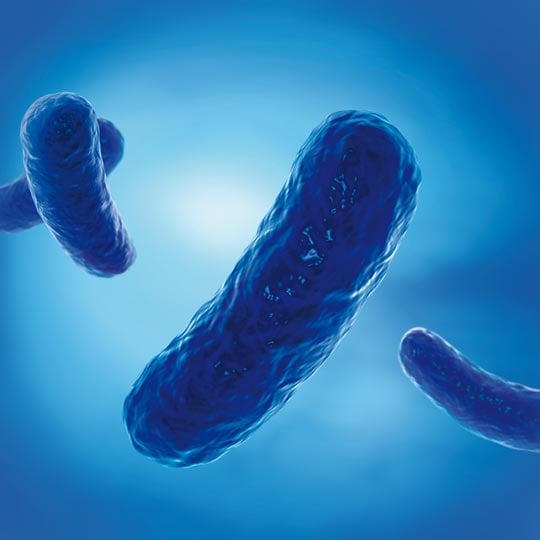Modes of Transmission

Campylobacter is a genus of Gram-negative rod-shaped bacteria. Campylobacter bacteria are distributed worldwide and are of great importance as the causing pathogens of Campylobacter enteritis.
The World Health Organization (WHO) rates Campylobacter infections as a key cause of diarrhoeal diseases worldwide, from which an estimate of more than 200 million young children are annually affected [1].
After an incubation period of two to five days on average, fever, headache, and arthralgia as well as myalgia may be the first symptoms to appear. Diarrhoea and abdominal pain may follow as symptoms of intestinal inflammation. Infected persons are contagious for the period of pathogen excretion in the stool, which lasts on average for two to four weeks.
The main path of transmission of Campylobacter bacteria is the oral ingestion via contaminated food. Among the foods, inadequately heated meat products, especially poultry, and raw milk are particularly relevant.
For disinfection, a disinfectant with bactericidal efficacy should be used for both hand and surface disinfection .
» Necessary spectrum of antimicrobial activity
Bactericidal
Click here to find products with bactericidal activity.
Sources:
